Costa Rica Sailfish
Costa Rica Sailfish information by IGFA
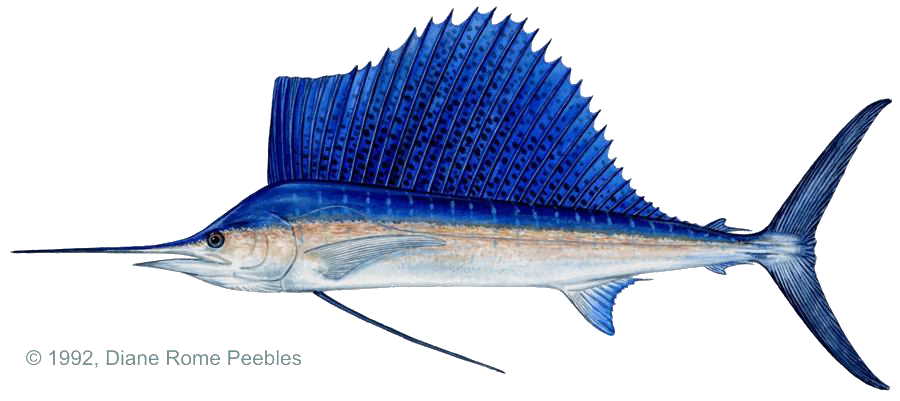
Shaw & Nodder, 1791); ISTIOPHORIDAE FAMILY; also called spindlebeack, bayonetfish
An Excerpt from Costa Rica Sailfish for Dummies by Todd Staley Communications Director, FECOP
 The lifetime of a sailfish varies from 4 to 10 years. Most of the juveniles spend their first few years off the coast of Mexico. That doesn’t necessarily mean they were born there. For example, a west coast Florida tarpon starts its life 100 miles or so off the beach, but spends its early years in the estuaries. The largest sailfish and the long-standing world record of 222 pounds came from their farthest range to the south in Ecuador.
The lifetime of a sailfish varies from 4 to 10 years. Most of the juveniles spend their first few years off the coast of Mexico. That doesn’t necessarily mean they were born there. For example, a west coast Florida tarpon starts its life 100 miles or so off the beach, but spends its early years in the estuaries. The largest sailfish and the long-standing world record of 222 pounds came from their farthest range to the south in Ecuador.
The tropical Pacific is really not a very inviting place for sailfish. The low oxygen content in the water will not support them, but two famous currents bring in healthy water. The Humboldt Current flows north from Chile and Peru and collides with the California Current flowing south from the U.S. and Mexico off the coast of Central America, forming a “tongue” of current that supports sailfish, though to a depth of only 100 meters or less. Unlike the striped marlin that is caught off Mexico but might spawn off Australia, the eastern tropical sailfish’s range is limited to the coastal waters of the two currents and the tongue formed off Central America.
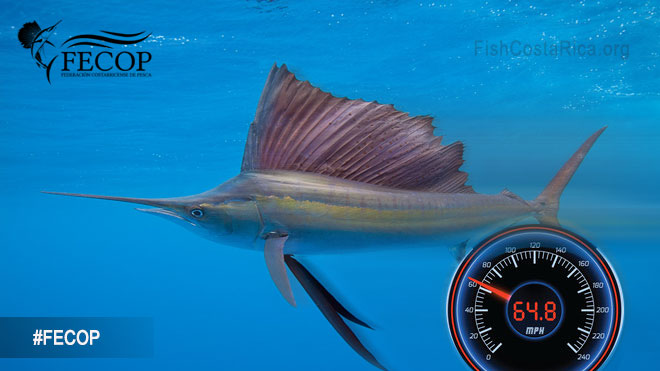
Another phenomenon happens each year: Three distinct and powerful winds blow from land offshore. They start in December or January and blow until March or April. In Mexico, winds that start in the Gulf of Mexico push across the Tehuantepec lowlands offshore into the Pacific. Likewise, the Papagayo winds from Lake Nicaragua push offshore across Nicaragua near the Costa Rican border. Also, a Caribbean wind current crosses Panama heading into the Pacific near the Panama Canal.
As the Pacific surface water is pushed offshore, the upwelling sends to the surface oxygen-depleted water that cannot support sailfish. The entire population is forced into pockets of healthy water, which happen to lie in front of windless parts of southern Mexico, Guatemala, Costa Rica and parts of Panama. During this period, El Salvador, Nicaragua and other parts of Panama are nearly devoid of sailfish. This is the equivalent of taking the entire population of San José and moving everybody to the Pacific coast for four months out of the year, with no one living in between. Fortunately for the sailfish, their main food source, squid and sardines, follow the same pattern.
The reality is that these areas do not have a tremendous abundance of fish, but the whole population is forced to share these pockets. When there is a strong El Niño, the winds do not blow, so the population is not condensed into oxygen-healthy pockets caused by the normal upwelling. The surface waters also warm, and peak-season fishing results in Guatemala and Costa Rica drop dramatically.
Costa Rica has the benefit of two peak sailfish seasons. From the Gulf of Nicoya south, the peak is January through April. The Guanacaste region to the north begins to peak in May after the winds die and the fish begin to move freely out of prisons formed in Guatemala and southern Costa Rica.
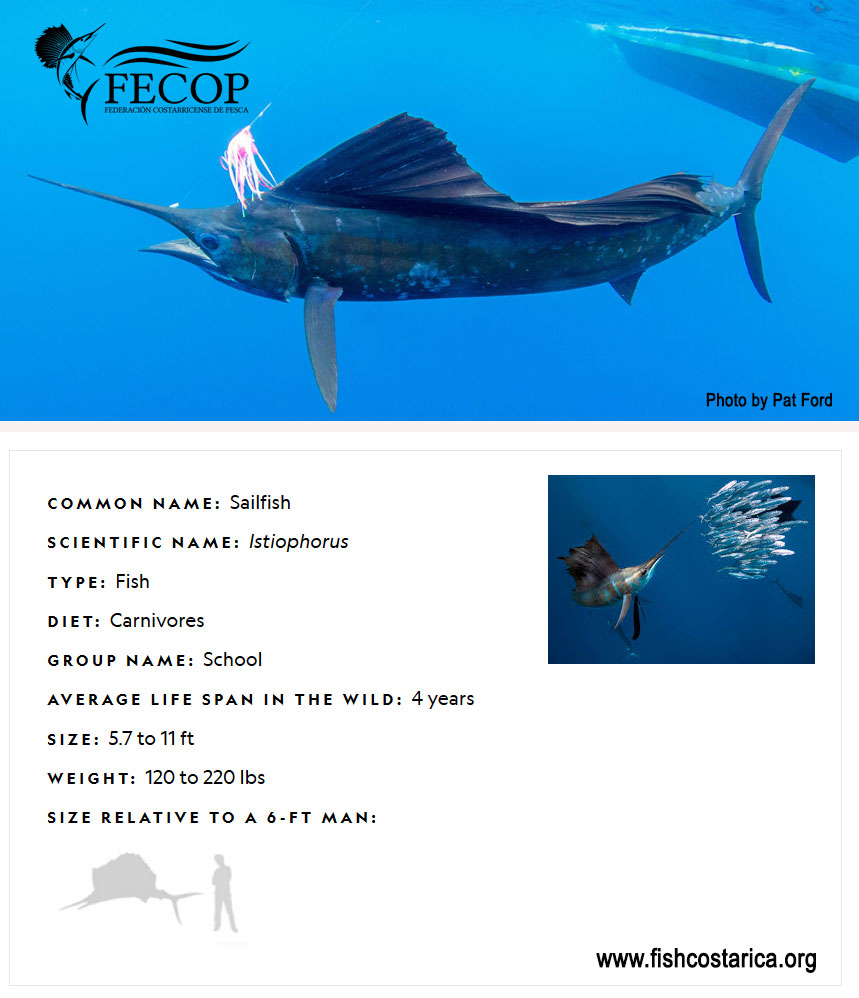
Dr. Ehrhardt’s studies have shown that a strong management plan is needed with all Central American countries working together. The Costa Rican Tourist Fishing Federation (FECOPT) is working with sport and commercial fishermen and the government on management plans within Costa Rica. In addition, CABA, The Billfish Foundation and local groups are working with Central American governments to form a united effort to conserve the region’s sailfish populations.
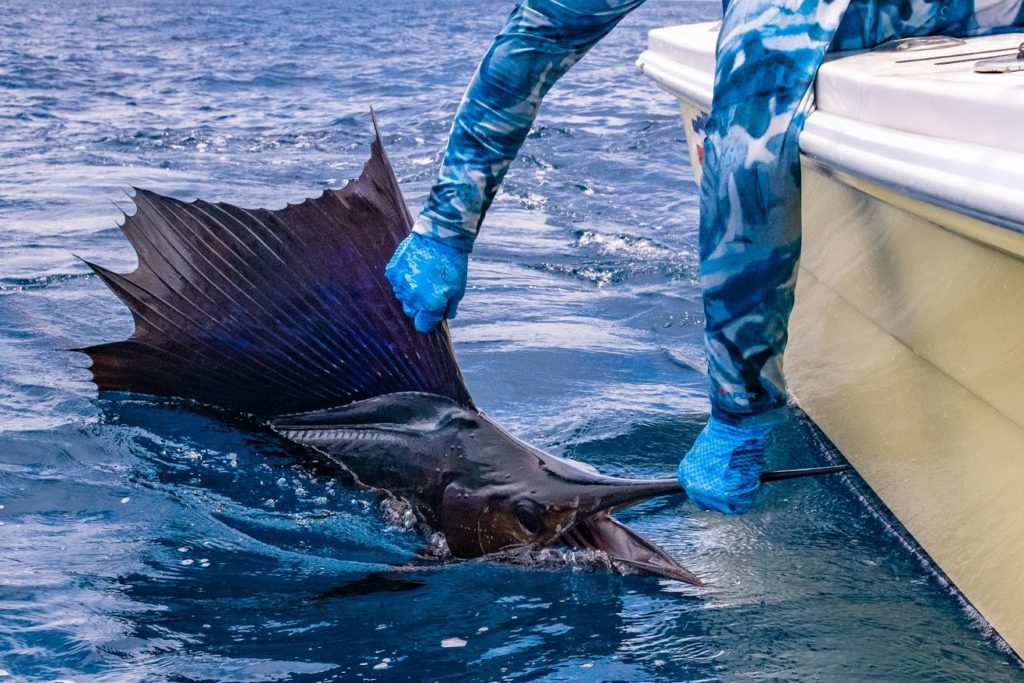
Inhabits tropical and subtropical waters near land masses, usually in depths over 6 fathoms, but occasionally caught in lesser depths and from ocean piers. Pelagic and migratory, sailfish usually travel alone or in small groups. They appear to feed mostly in midwater along the edges of reefs or current eddies.
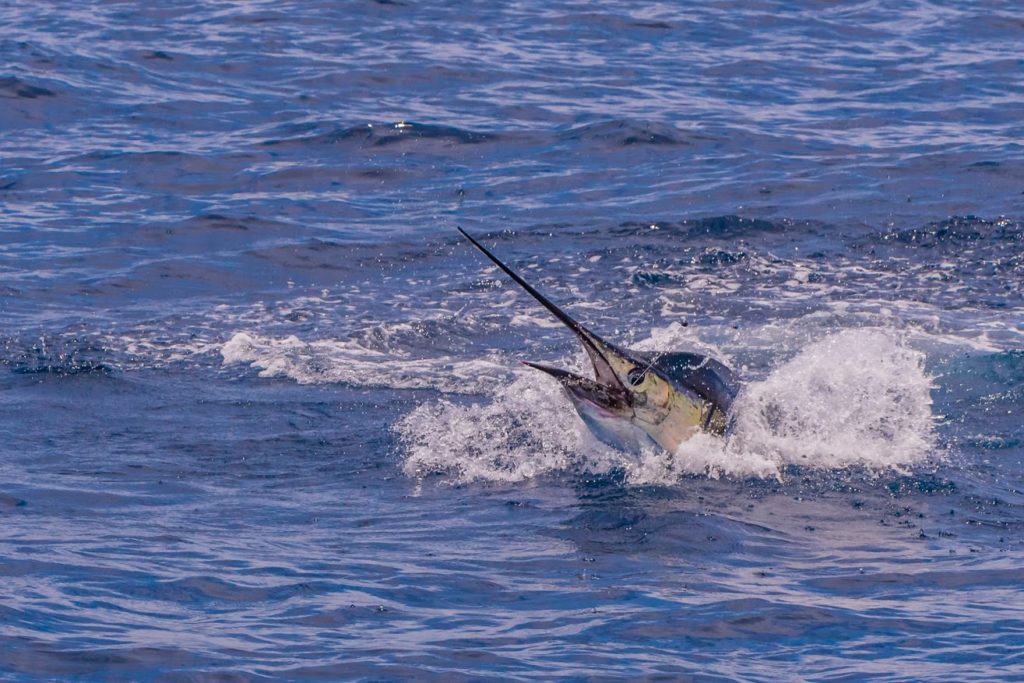
Its outstanding feature is the long, high first dorsal which is slate or cobalt blue with a scattering of black spots. The second dorsal fin is very small. The bill is longer than that of the spearfish, usually a little more than twice the length of the elongated lower jaw. The vent is just forward of the first anal fin. The sides often have pale, bluish gray vertical bars or rows of spots.
More on the Saifish from the IGFA.org Fish Database
Its fighting ability and spectacular aerial acrobatics endear the sailfish to the saltwater angler, but it tires quickly and is considered a light tackle species. Fishing methods include trolling with strip baits, plures, feathers or spoons, as well as live bait fishing and kite fishing. The most action is found where sailfish are located on or near the surface where they feed.
Recent acoustical tagging and tracking experiments suggest that this species is quite hardy and that survival of released specimens is good

FECOP Fish Facts: Pacific Sailfish
Fastest Fish in the Sea at up to 70mph
World Record 222 lbs (Ecuador)
Common Name: Sailfish
Scientific Name: Istiophorus
Type: Fish
Diet: Carnivores
Group Name: School
Average life span in The Wild: 4 years
Feeding Tactics: Uses its bill to stun individual fish or slash groups of fish
Size: 5.7 to 11 ft
Weight: 120 to 220 lbs
Size relative to a 6-ft man:

Related Sailfish Articles
Why a Sailfish is Worth More Alive then Dead
How to Safely Estimate the Size of a Sailfish
New to Sailfish? Start Here – Sailfish for Dummies
The Top Ten Fastest Fish in the Ocean
Want More Articles Like This – Join the FECOP Mailing List
[yikes-mailchimp form=”4″]





















